How many BTU is a 50KW generator?
A 50kw generator produces approximately 170,600 BTU per hour of heat output. This calculation is based on the standard energy conversion formula where 1 kilowatt (KW) equals 3,412 British Thermal Units (BTU). While this represents the theoretical maximum heat generation, actual output may vary slightly depending on the generator's specific efficiency rating, operating load conditions, and overall design characteristics. This substantial thermal energy must be effectively managed through proper cooling systems to ensure reliable operation and prevent potential equipment damage. Understanding this fundamental relationship between electrical output and heat generation is crucial for proper system design and installation planning of any 50kw generator installation.
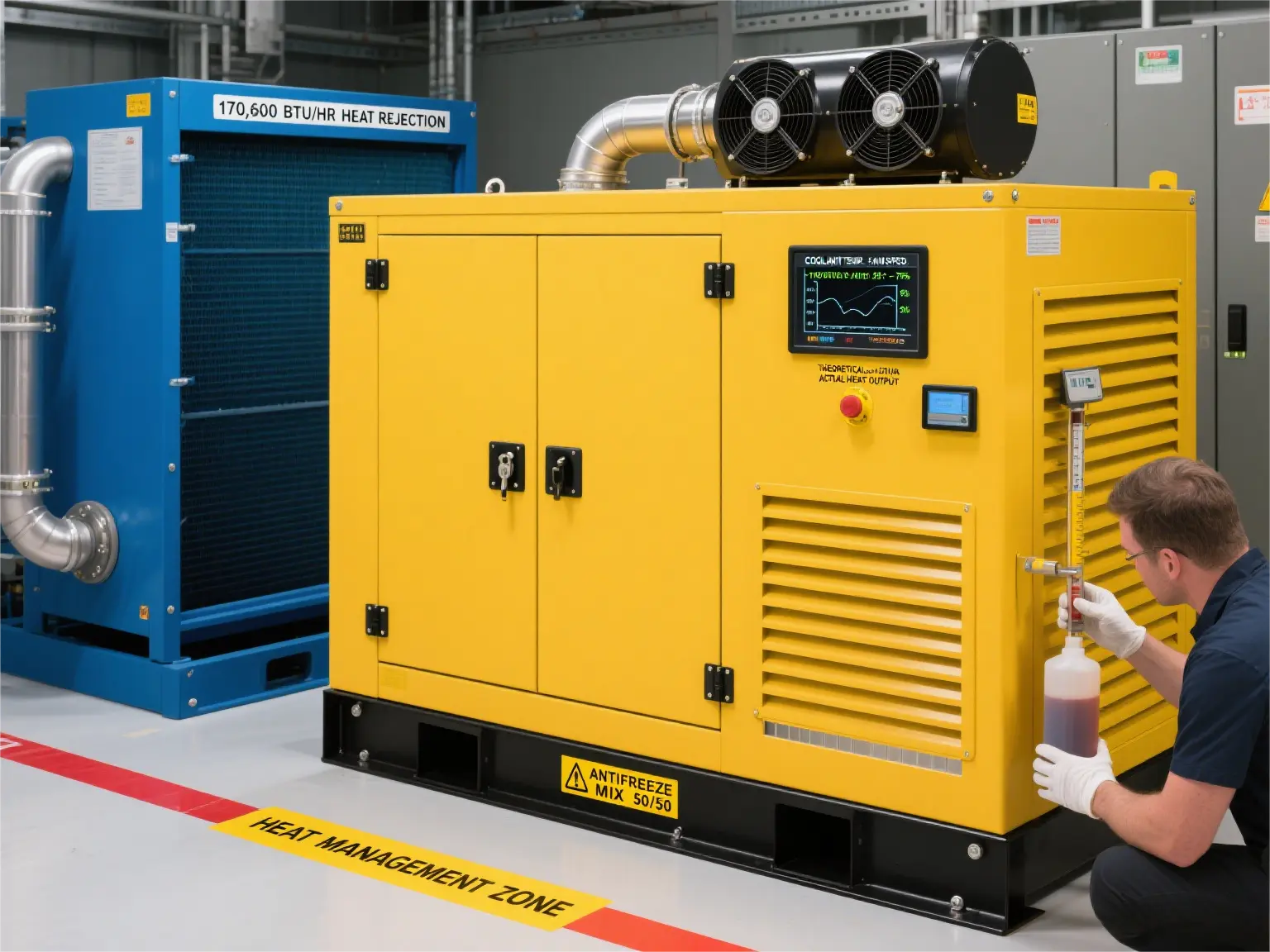
The Critical Importance of BTU Rating
The BTU output specification is not merely a technical detail—it fundamentally impacts the safety, efficiency, and longevity of your power generation system. This thermal management consideration affects several critical aspects of generator operation:
Cooling System Design: The radiator and fan system must have sufficient capacity to dissipate this substantial heat load to maintain optimal operating temperatures. An improperly sized cooling system will lead to chronic overheating and potential engine damage
Ventilation Requirements: The installation environment must provide adequate airflow to remove waste heat effectively. Different applications demand specific ventilation strategies, ranging from simple outdoor installations to sophisticated indoor ventilation systems with dedicated airflow management
Safety Considerations: Proper heat management prevents fire hazards and protects both the generator and surrounding equipment from heat-related damage. This is particularly crucial in enclosed spaces or areas with combustible materials
Performance Maintenance: Generators maintaining proper operating temperatures demonstrate better fuel efficiency, reduced emissions, and longer service intervals, significantly lowering operational costs and environmental impact
Equipment Longevity: Effective thermal management directly correlates with extended component life, reducing maintenance costs and unexpected downtime
The BTU rating fundamentally influences the installation design, space requirements, and ongoing maintenance protocols for your 50kw generator system, making it a critical factor in system planning and operation.
Installation Environment and Thermal Management Solutions
Different installation environments present unique thermal management challenges that require specific engineering solutions to address the substantial heat output:
Outdoor Installations:
Require minimum 1.5 meters (5 feet) clearance on all sides for adequate airflow and maintenance access
Protective enclosures must incorporate ventilation louvers or mesh panels covering at least 150% of the radiator face area
Orientation should consider prevailing wind patterns to maximize natural cooling effects and heat dissipation
Elevated mounting may be necessary in areas with potential water accumulation or snow buildup
Indoor/Enclosed Installations:
Mechanical ventilation systems must move 250-300 CFM per KW of generator capacity to maintain safe operating temperatures
Dedicated intake and exhaust ducts should be properly sized to minimize airflow resistance and static pressure losses
Ambient temperature control systems may be required to maintain room temperature below 40°C (104°F) during extended operation
Heat recovery systems can be incorporated to utilize waste heat for other applications, improving overall energy efficiency
High-Temperature Environments:
Oversized radiators and enhanced cooling systems are essential for operations in ambient temperatures exceeding 35°C (95°F)
Consider up to 20% power derating for continuous operation in extreme heat conditions to prevent overheating
Special high-temperature coolants and synthetic oils may be required to maintain proper lubrication and heat transfer properties
Additional cooling fans or auxiliary heat exchange systems might be necessary for reliable operation
Noise-Sensitive Applications:
Acoustic enclosures must carefully balance sound attenuation requirements with thermal management needs
Engineered ventilation systems with acoustic baffling and silencers are essential for maintaining adequate airflow while controlling noise pollution
Liquid-to-air heat exchangers may be incorporated to transfer heat while effectively containing operational noise
Vibration isolation mounts help reduce structure-borne noise while maintaining proper clearance for airflow
Each installation environment demands specific engineering considerations for effectively managing the substantial heat output of a 50kw generator, requiring professional assessment and customized solutions tailored to particular operational requirements and environmental conditions.
Conclusion
Understanding and properly managing the BTU output of your generator is fundamental to ensuring safe installation, reliable operation, and long-term equipment durability. The approximately 170,600 BTU/hour produced by a 50kw generator represents a significant thermal management challenge that requires professional engineering solutions specifically tailored to your unique environment and application requirements. Comprehensive heat management not only protects your capital investment but also ensures optimal performance, enhanced fuel efficiency, and consistent compliance with international safety standards and environmental regulations.
At JLMECH, we combine extensive expertise in power generation systems with an unwavering commitment to quality engineering and performance excellence. Our specialized engineering team possesses the technical knowledge and practical experience to design complete generator solutions that effectively address both power output requirements and thermal management challenges, ensuring reliable operation in any environmental condition or application scenario.
Ensure your generator installation meets all thermal requirements for safe and efficient long-term operation. Contact our technical experts at skala@whjlmech.com for a customized consultation and professional installation recommendations specifically tailored to your unique operational needs and environmental conditions.
References
International Organization for Standardization. (2018). *ISO 8528-5: Reciprocating internal combustion engine driven alternating current generating sets - Part 5: Generating sets*.
National Fire Protection Association. (2022). NFPA 110: Standard for Emergency and Standby Power Systems.
American Society of Heating, Refrigerating and Air-Conditioning Engineers. (2021). ASHRAE Handbook: Fundamentals.
Johnson, M. (2022). Emergency Power Systems: A Comprehensive Guide to High-Speed Diesel Generators. Power Engineering Quarterly, 45(3), 78-92.
International Electrotechnical Commission. (2020). *IEC 60034-1: Rotating electrical machines - Part 1: Rating and performance*.
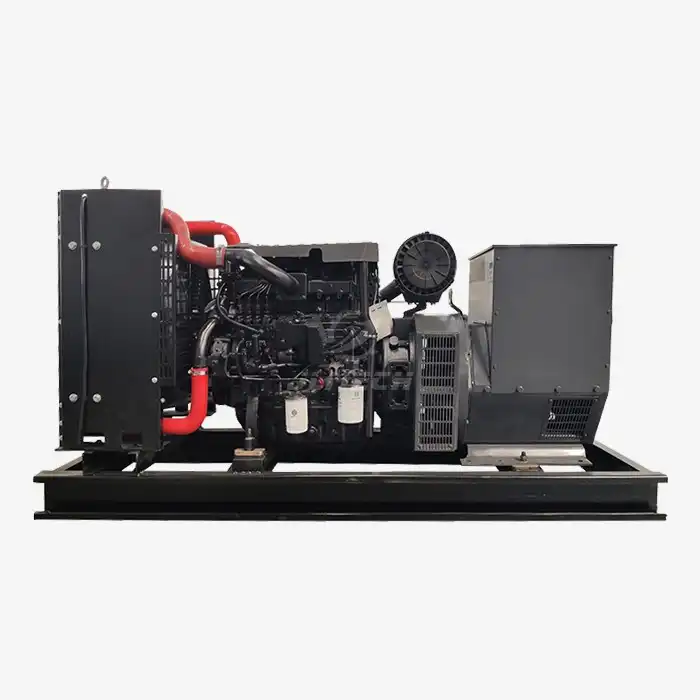 VIEW MOREStandby generator 20kVA
VIEW MOREStandby generator 20kVA VIEW MOREIndustrial generator unit
VIEW MOREIndustrial generator unit VIEW MOREPure copper brushless diesel generator
VIEW MOREPure copper brushless diesel generator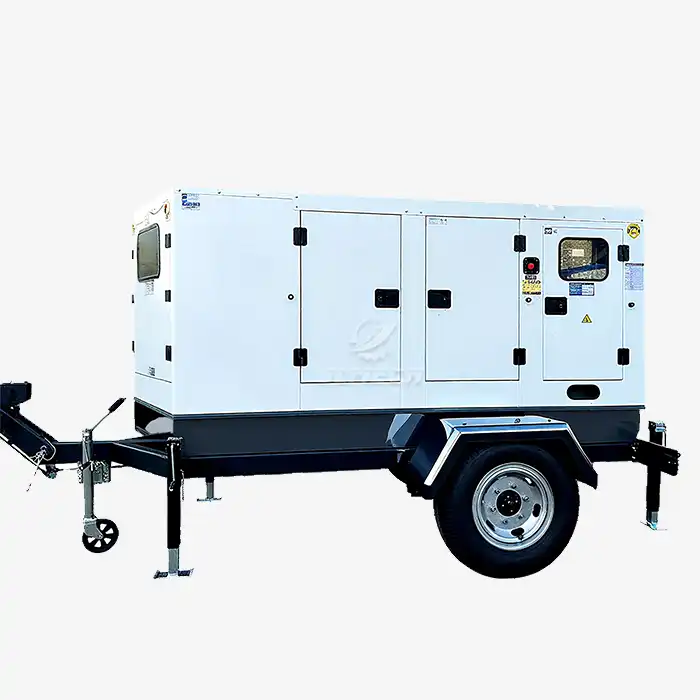 VIEW MOREMobile Type Diesel Generator
VIEW MOREMobile Type Diesel Generator VIEW MORE200kVA Silent Diesel Generator
VIEW MORE200kVA Silent Diesel Generator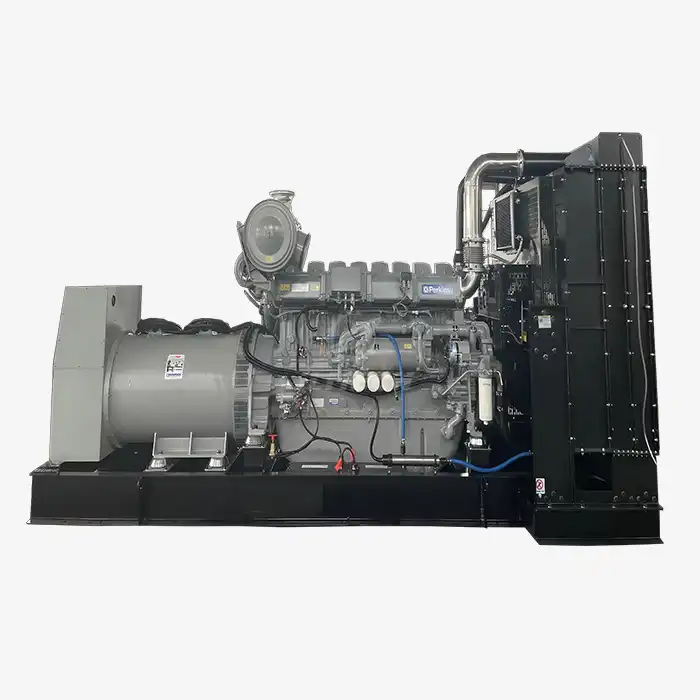 VIEW MOREfuel consumption of diesel generator
VIEW MOREfuel consumption of diesel generator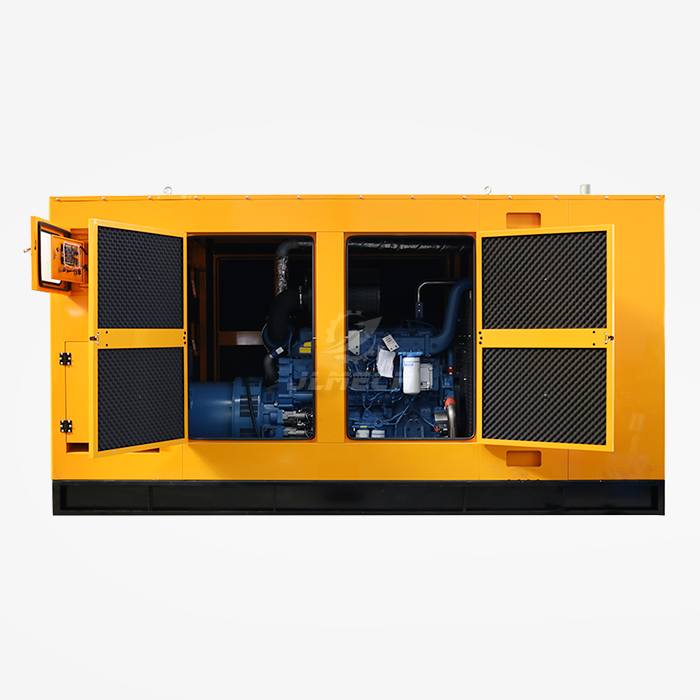 VIEW MORE300kva diesel generator perkins ats
VIEW MORE300kva diesel generator perkins ats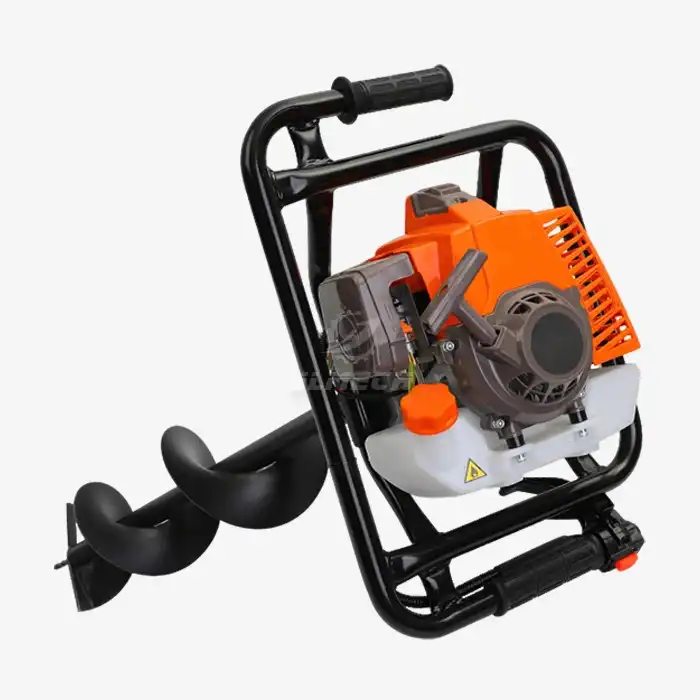 VIEW MOREland auger drilling machine
VIEW MOREland auger drilling machine



